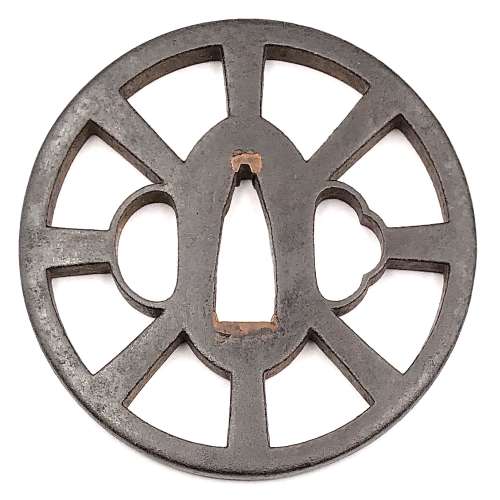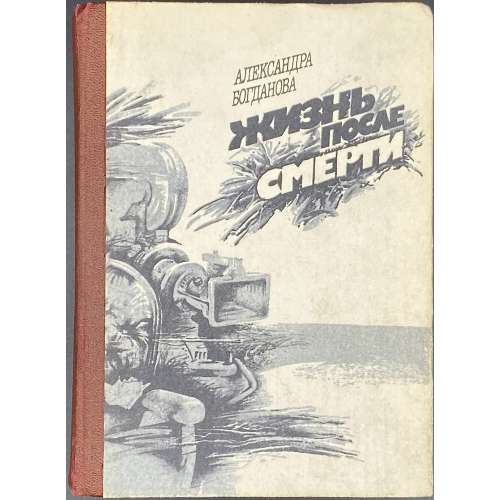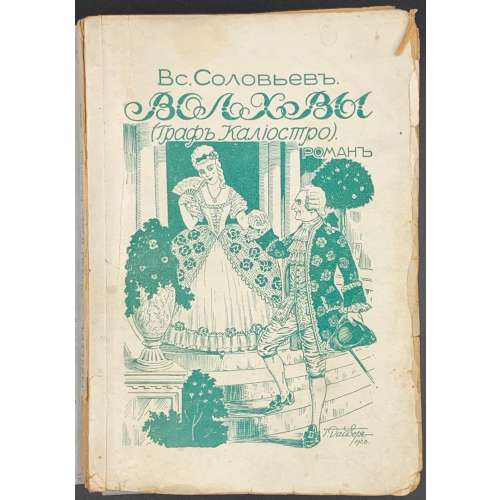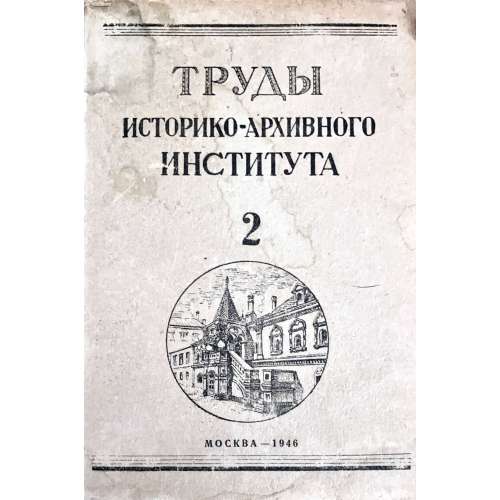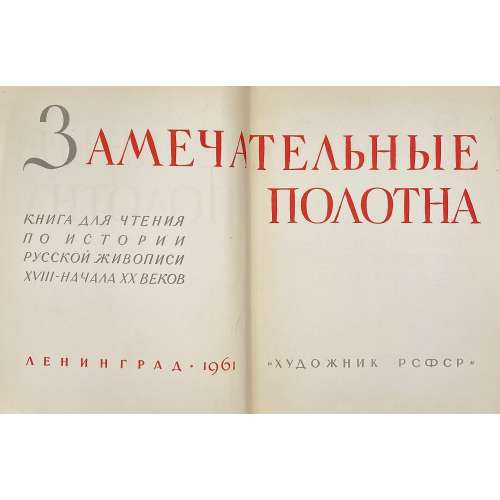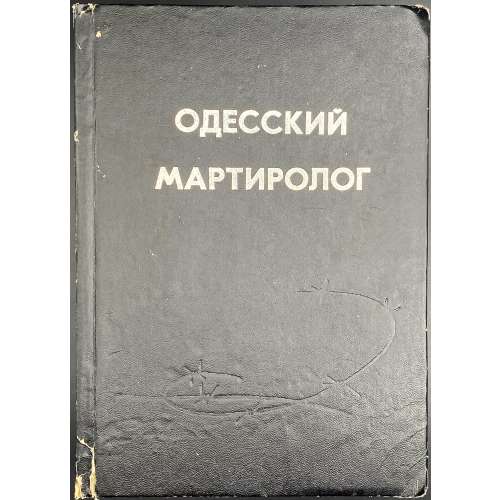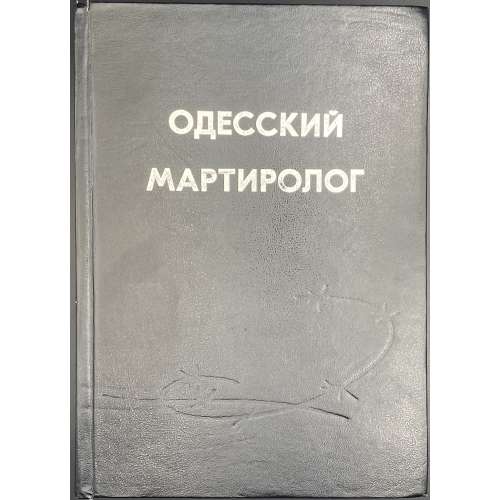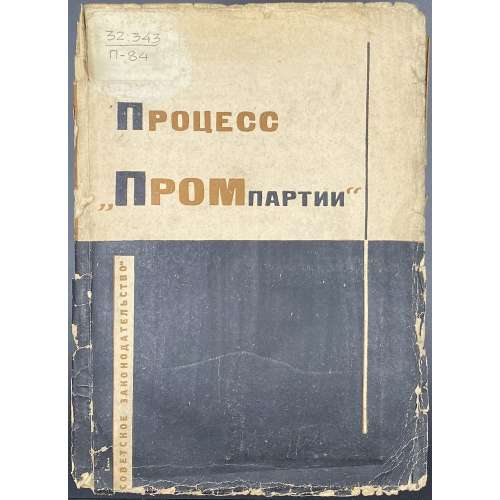Copper tsuba of slightly elongated round form carved in low relief (shishiaibori and sukisagebori) and inlaid in gold, silver and shakudō with the design of dreaming Rosei (Lu Sheng): he is half-sitting by the pillow with his eyes closed, holding his fan, with a scroll by his feet, surrounded by flying butterflies.
Edo period, first half of the 18th century.
Dimensions: 70.8 x 67.1 x 5.0 mm. Signed on the reverse: Jōi (乗 意) + Kaō. Sugiura Jōi [杉 浦 乗 意] (1701-1761) was a master of Nara School in Edo; he was a student of Toshinaga [M. Sesko, ‘Genealogies’, p. 32]. “Sugiura Jōi (1701-1761) made many fuchigashira and kozuka, tsuba are rather rare.” [M. Sesko, The Japanese toso-kinko Schools, pp. 148-149]. On Rosei (Lu Sheng) dream's legend see Legend in Japanese Art by Henri L. Joly (1908 edition) on page 293.




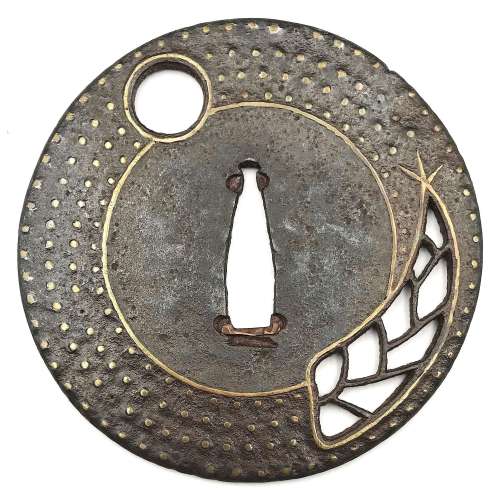

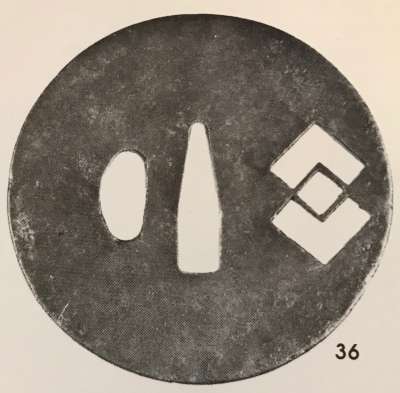



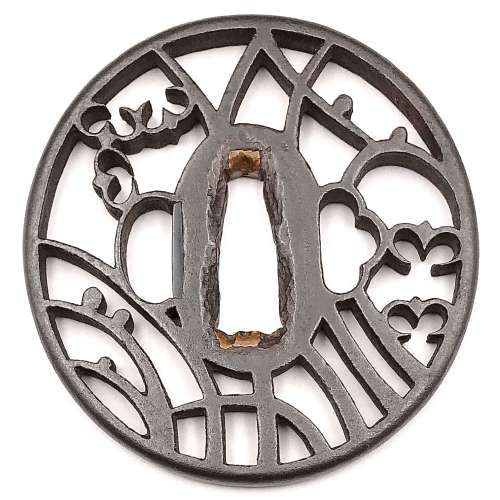


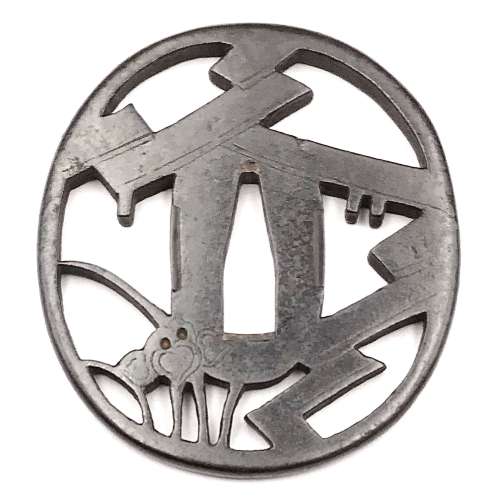



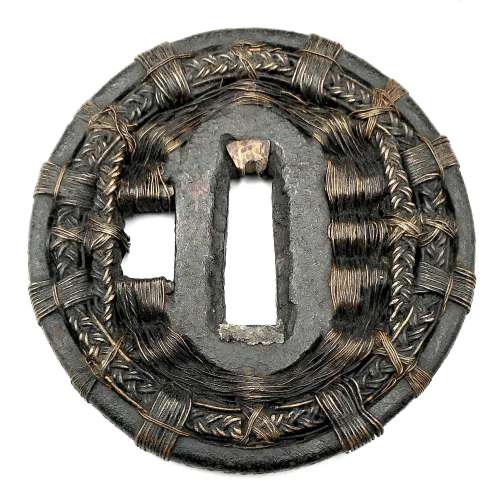
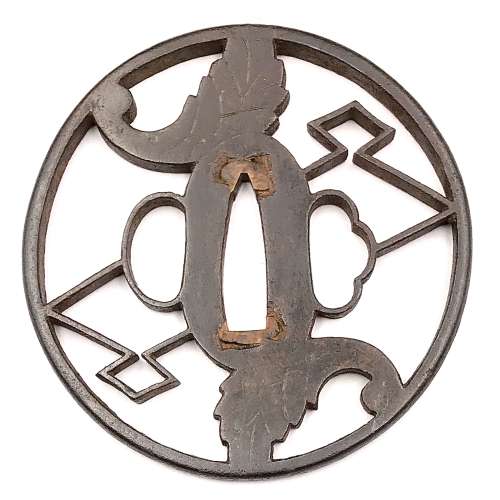

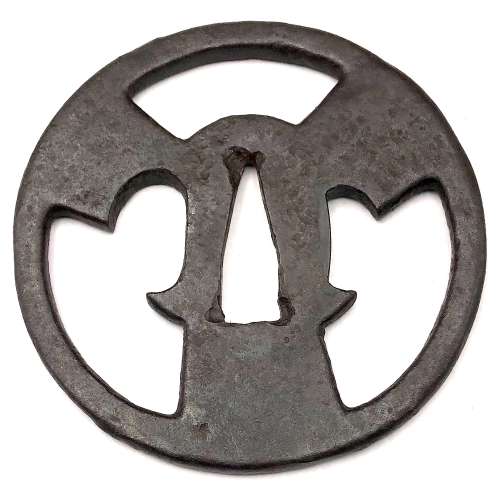
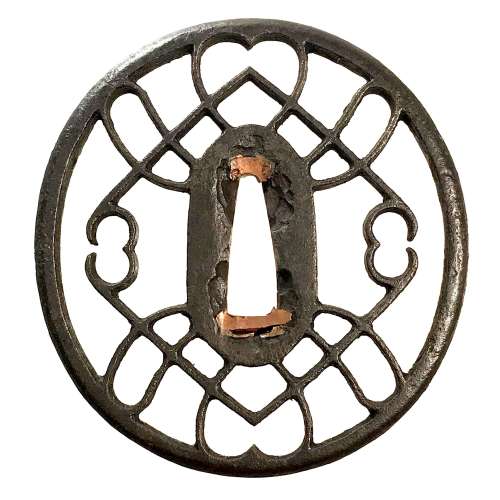

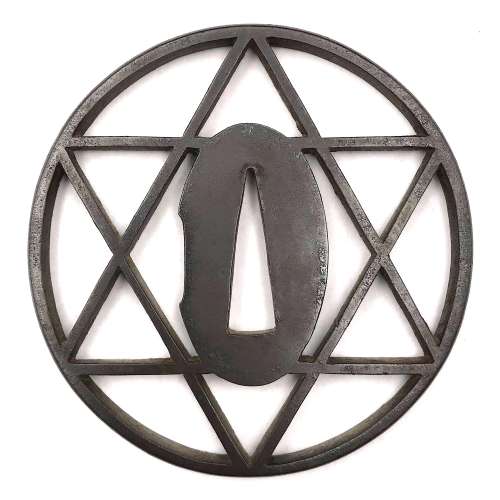
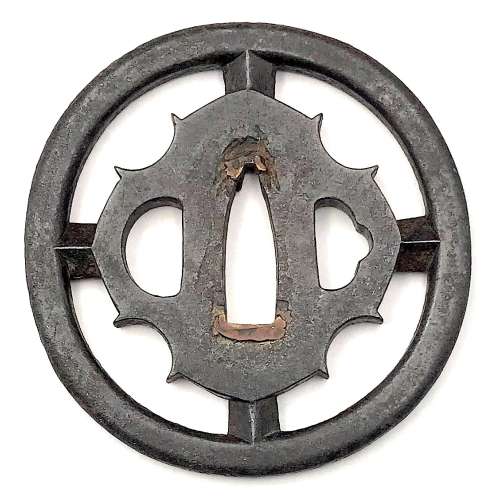



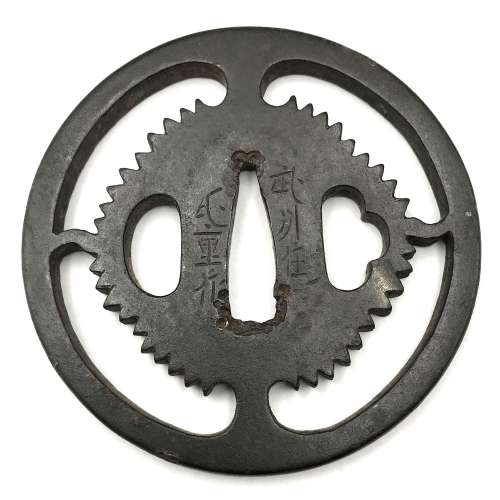










 Ref.: (1) [
Ref.: (1) [


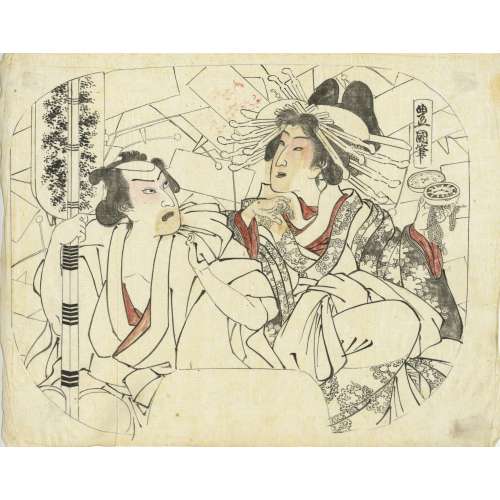

 A lookalike triptych by Kunisada can be found in
A lookalike triptych by Kunisada can be found in  Data from
Data from 

